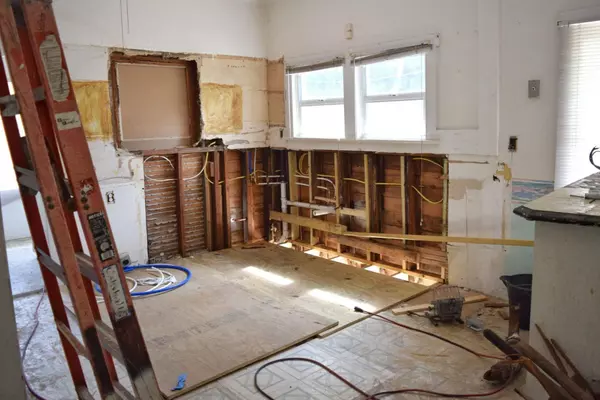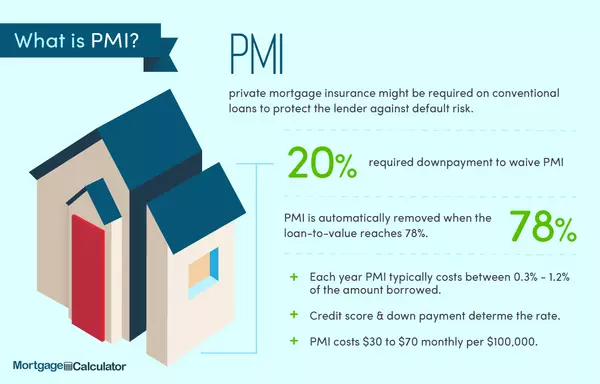

Moving to Greater Tampa Bay? Here’s Everything You Need to Know to Live Your Best Life!
So, you’ve decided to make the move to the beautiful Greater Tampa Bay area? Welcome to a region full of sunshine, adventure, and an incredible mix of cultural experiences! Whether you're a foodie, an outdoor enthusiast, a night owl, or a family-oriented individual, Tampa Bay has something for you.
Read More

Discovering Crescent Heights: A Charming St. Pete Neighborhood
Discovering Crescent Heights: A Charming St. Pete Neighborhood Nestled just north of Downtown St. Petersburg, Crescent Heights is a historic and vibrant neighborhood that offers the perfect blend of old-world charm and modern convenience. Known for its tree-lined streets, classic 1920s bungalows, a
Read More

Step-by-Step Guide to Moving to Another State Without Stress
Moving to another state is a big decision that requires organization, time, and planning. Many people feel overwhelmed by the number of steps involved, especially when real estate is part of the equation. In this guide, I will break down the process step by step to make your move as smooth as possib
Read More

Are Solar Panels Worth the Investment in Florida?
Are Solar Panels Worth the Investment in Florida? Solar energy is often marketed as a smart investment, promising reduced electricity bills and increased home value. But for Florida homeowners, is it really worth the cost? After considering installation expenses, return on investment (ROI), and real
Read More
Categories
Recent Posts









